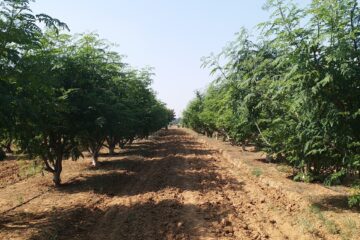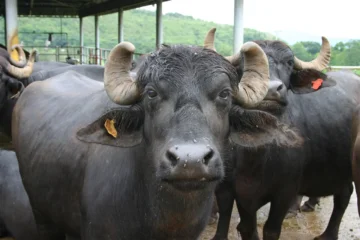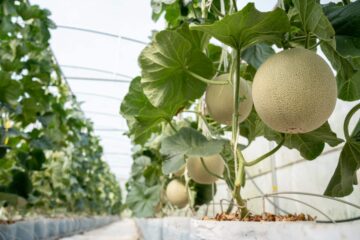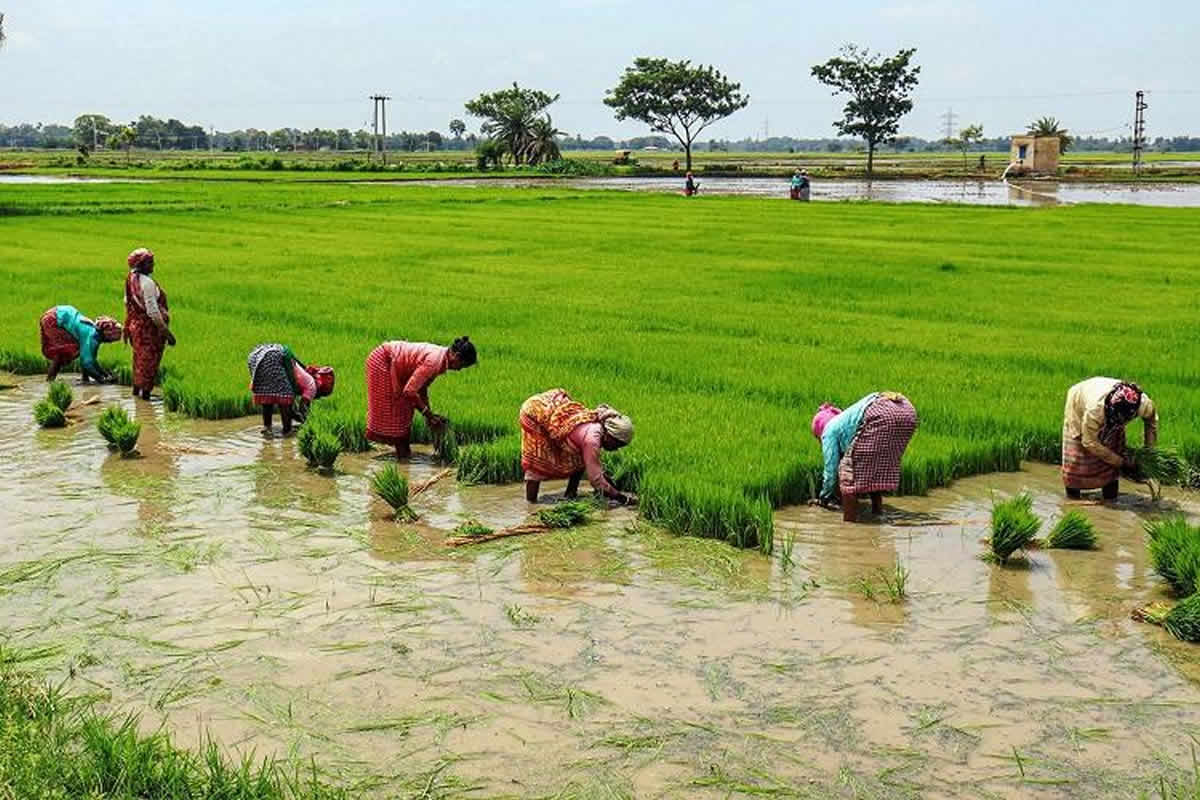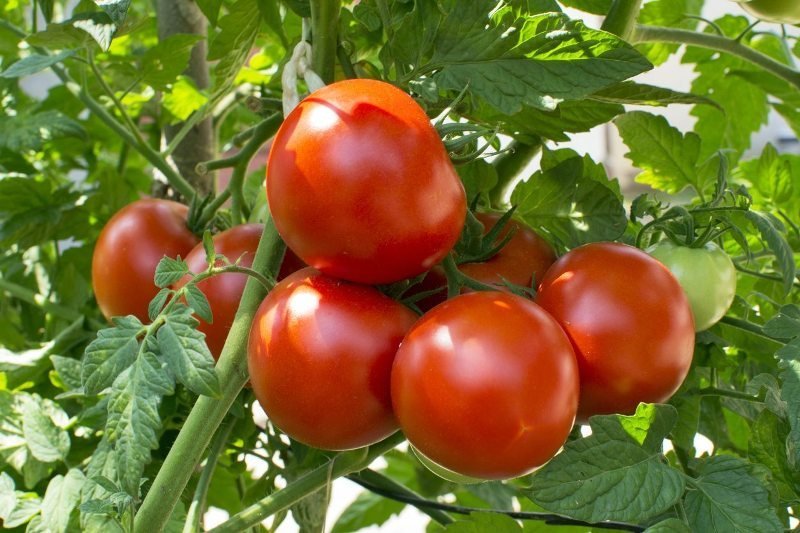Gundumalli, Mullai, and Jathimalli are highly fragrant flowers widely used in Tamil Nadu. Known for their intense fragrance and cultural significance, these flowers are not only popular for personal adornment but are also essential for various special occasions. Unlike other jasmine varieties, Gundumalli blooms throughout the year, making it a profitable crop. Here’s an overview of Gundumalli cultivation.
Popular Varieties
- Single-petaled, double-petaled, Irivatchi, local varieties from Ramanathapuram, and hybrids such as Arka and Aradhana.
Soil and Climate
- Gundumalli grows best in well-draining, loamy soils. Saline soils should be avoided. Ideal soil pH is between 6 and 8. It is a tropical crop that can withstand heavy rainfall.
Planting Season
- The best months for planting are June and November. About 6,400 plants are needed per hectare. Gundumalli can be propagated through rooted cuttings or grafting methods.
Soil Preparation
- Plow the soil 2-3 times and dig pits 30 cm in length, width, and depth, spaced 1.25 meters apart. Add 20 kg of well-decomposed compost to each pit, then plant the seedlings and water them well.
Nutrient Management
- Each plant requires 60 grams of nitrogen, 120 grams of phosphorus, and 120 grams of potassium. Apply these in two rounds: once after pruning and again in June or July by spreading the fertilizers around the plants and mixing them with soil.
Pruning
- Prune plants to a height of 50 cm above ground level at the end of November. Remove diseased, dried branches to allow adequate sunlight penetration.
Pest and Disease Management
- Spider Mites: These pests damage leaves. Control them by spraying 0.2% wettable sulfur solution on the plants.
- Nematodes: To monitor nematode infestation, take regular soil samples. Infected plants show yellowing and eventually wilting. Apply 10 grams of carbofuran near the roots and water the plants.
- Yellowing of Leaves: This is often due to iron deficiency or root rot. To address iron deficiency, spray a solution of 5 grams of ferrous sulfate per liter of water every three months.
- Root Rot: Control this disease by applying a 0.25% copper oxychloride solution around the base of plants. Good drainage is essential to prevent this disease.
Harvesting
- Gundumalli begins flowering in March and April in the first year after planting, with regular production starting in the second year. Harvest mature buds in the morning for best quality.
Dr. R. Poornammal, Horticultural College and Research Station, Periyakulam, Theni District, and Dr. K. Ananthi, Agricultural Science Center, Aruppukkottai, Virudhunagar District.


